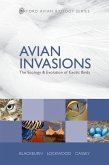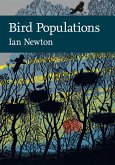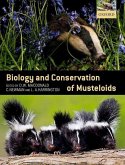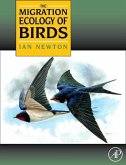This book explores the factors affecting the survival of small populations. As the human impact on Earth expands, populations of many wild species are being squeezed into smaller and smaller habitats. As a consequence, they face an increasing threat of extinction. National and international conservation groups rush to add these populations, species and sub-species to their existing endangered and threatened lists. In nations with strong conservation laws, listing often triggers elaborate plans to rescue declining populations and restore their habitats. The authors review these theoretical ideas, the existing data, and explore the question: how well do small and isolated populations actually perform? Their case study group is the song sparrows of Mandarte Island, British Columbia. This population is small enough and isolated enough so that all individuals can be uniquely marked and their survival and reproduction monitored over many generations. This is one of the strongest long-term ecological studies of a contained vertebrate population, now in its 31st year.







